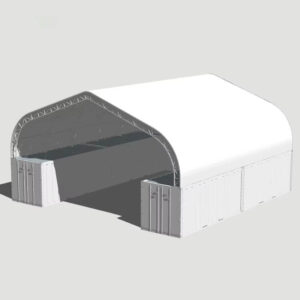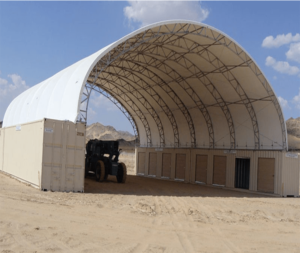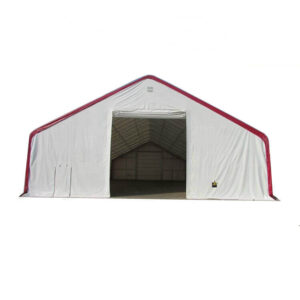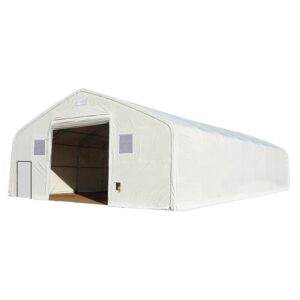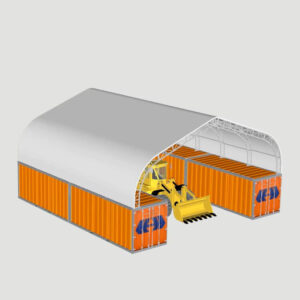Design Services

Shipping Container Shelter: A Sustainable and Practical Housing Solution
In an increasingly urbanized world where the demand for affordable housing continues to rise and natural disasters are becoming more frequent, the need for innovative housing solutions has never been greater. Among the many emerging solutions, shipping container shelters are gaining popularity for their versatility, cost-effectiveness, and sustainability. These structures, made from repurposed shipping containers, are being used globally for a variety of purposes—from emergency shelters to permanent homes, and even as schools and healthcare centers. This article explores the advantages of shipping container shelters and how they are reshaping the future of housing.
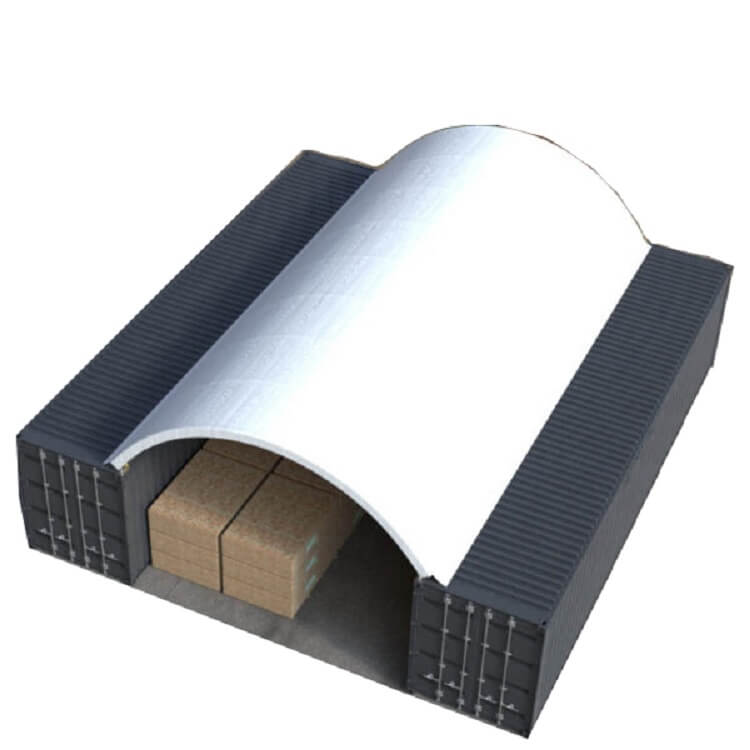
What is a Shipping Container Shelter?
A shipping container shelter is a structure made by converting used or surplus shipping containers (typically the standard 20-foot or 40-foot containers) into livable spaces. Shipping containers are primarily used for transporting goods across oceans, but when modified, they can be transformed into fully functional homes or shelters. The containers are cut, insulated, and equipped with plumbing, electrical wiring, windows, doors, and sometimes solar panels or rainwater harvesting systems.
These shelters can be temporary or permanent, depending on the needs of the inhabitants. Thanks to their modular nature, multiple containers can be stacked or arranged side by side to create larger living spaces, community centers, or even entire housing complexes.
Advantages of Shipping Container Shelters
1. Speed of Construction
One of the most significant advantages of shipping container shelters is the speed with which they can be built. Since shipping containers are prefabricated structures, much of the work has already been done. Once the containers are delivered to a site, they can be rapidly modified and assembled into a livable space, significantly reducing construction time compared to traditional brick-and-mortar buildings. This makes them an ideal solution for areas affected by natural disasters, where emergency shelter is urgently needed.
2. Cost-Effectiveness
Shipping containers are relatively inexpensive compared to traditional construction materials. While the cost of modifying the containers can vary depending on the level of customization, the overall cost remains significantly lower than that of building a conventional house. This makes shipping container shelters an attractive option for low-income housing projects, emergency relief efforts, or even for individuals seeking affordable, small-scale housing.
3. Sustainability
Shipping container shelters are an eco-friendly option due to the reuse of existing materials. Rather than allowing used shipping containers to sit idle or be discarded, they are repurposed to create functional, livable spaces. This reduces waste and the need for new building materials. Moreover, shipping container shelters can be designed with green building principles in mind, such as incorporating energy-efficient insulation, solar panels, rainwater harvesting systems, and natural ventilation, further minimizing their environmental impact.
4. Durability and Security
Shipping containers are built to withstand harsh conditions during transport, including exposure to saltwater, extreme temperatures, and rough handling. This inherent durability makes them well-suited to stand up to various weather conditions, such as high winds, heavy rain, or even seismic activity. The steel structure of a shipping container also provides a high level of security, making them a safe option for individuals in high-crime areas or in need of temporary secure housing.
5. Flexibility and Modularity
One of the key features of shipping container shelters is their modular design. Multiple containers can be combined in various configurations to meet the specific needs of the inhabitants. Whether stacked vertically for multi-story living or arranged horizontally to create larger floor plans, the flexibility of shipping containers allows for customized solutions. Containers can also be relocated easily, which is useful in situations where people need temporary housing that can be moved to different sites.
6. Versatility
While shipping container shelters are commonly associated with emergency housing or low-cost residential projects, their versatility extends beyond just homes. These shelters have been used as schools, medical clinics, offices, restaurants, retail spaces, and even art galleries. The growing trend of container-based architecture shows the vast potential for container-based structures in a variety of industries and sectors.
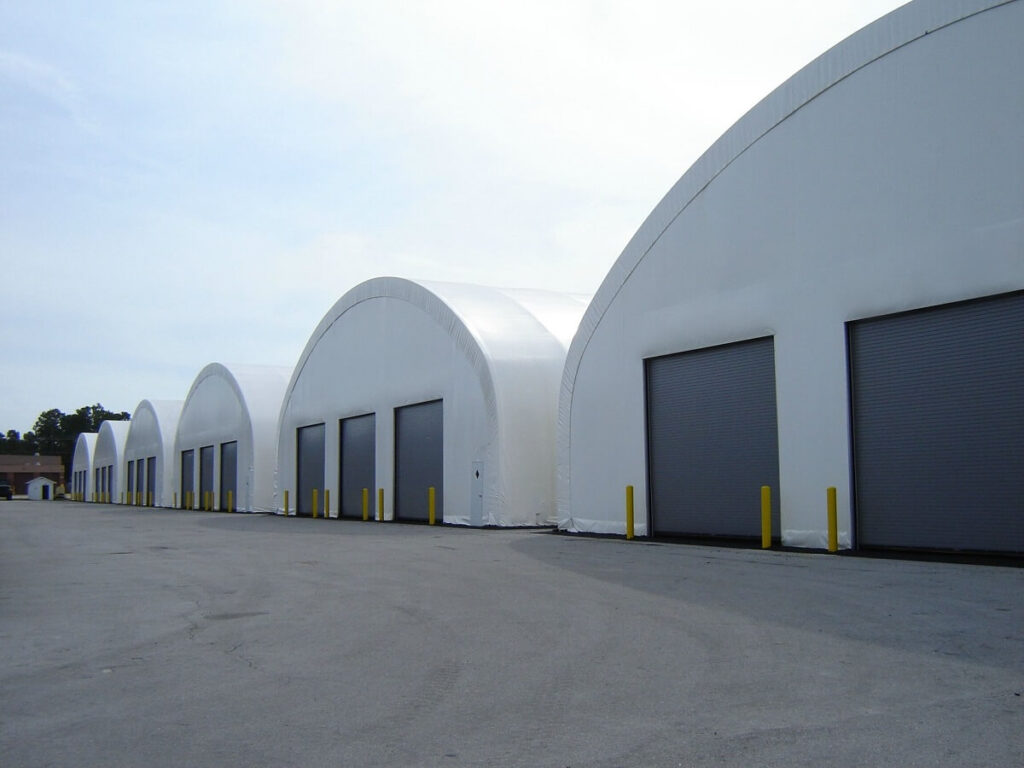
Applications of Shipping Container Shelters
1. Emergency Shelter and Disaster Relief
In the aftermath of natural disasters like earthquakes, floods, and hurricanes, traditional housing and infrastructure are often destroyed. Shipping container shelters can be deployed quickly, offering immediate, temporary housing for displaced people. Their durability and ease of transport make them particularly well-suited for emergency relief efforts. Organizations like the United Nations and NGOs have increasingly relied on container shelters for disaster-stricken areas, providing displaced families with safe, secure, and weather-resistant homes.
2. Affordable Housing
In urban areas where the cost of housing has skyrocketed, shipping container homes are being explored as an affordable alternative. Many cities are experimenting with container housing as a way to reduce homelessness and provide low-income residents with dignified living spaces. In some cases, entire communities of container homes are built in vacant lots or underused urban spaces, offering affordable, sustainable housing in the heart of cities.
3. Temporary and Transitional Housing
Shipping containers can be an excellent solution for transitional housing. These are often used to house people who are in the process of relocating, or those recovering from homelessness, domestic violence, or addiction. Since container shelters are relatively inexpensive and easy to set up, they can be used as a bridge between homelessness and permanent housing.
4. Remote and Off-Grid Housing
For those who want to live off the grid, shipping container shelters offer an ideal solution. With proper modifications, they can be equipped with renewable energy systems, such as solar panels or wind turbines, and can be designed to operate without reliance on local utilities. This makes them particularly appealing for remote locations or eco-conscious individuals looking for an off-grid lifestyle.
5. Business and Commercial Uses
Shipping containers are increasingly being used for commercial purposes as well. Pop-up shops, mobile offices, and even cafes and restaurants have been built from modified shipping containers. Their low cost and modular design make them an attractive option for entrepreneurs looking to start a business with a smaller initial investment.
Challenges and Considerations
While shipping container shelters offer many benefits, there are a few challenges to consider:
– Insulation and Climate Control: Steel containers are prone to heat retention, which can make them uncomfortably hot in warm climates or very cold in winter. Proper insulation and ventilation are critical for creating a livable environment.
– Building Codes and Regulations: Depending on the region, there may be zoning laws, building codes, and regulations that restrict the use of shipping containers for housing. It is essential to check local laws before beginning a container housing project.
– Space Limitations: While containers are a flexible building material, they do come with space constraints. Standard containers are about 8 feet wide, which limits the interior space, although this can be mitigated by stacking or combining multiple containers.
Conclusion
Shipping container shelters offer a sustainable, affordable, and flexible solution to the global housing crisis. With their ability to be quickly deployed, easily customized, and repurposed, shipping containers are an innovative way to provide emergency relief and permanent housing for those in need. As more architects and designers experiment with container-based designs, it’s likely that we will see even more creative and functional applications for these versatile structures in the years to come. Whether as emergency shelters, affordable homes, or innovative commercial spaces, shipping container shelters are poised to play a key role in shaping the future of housing.


